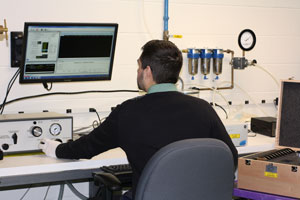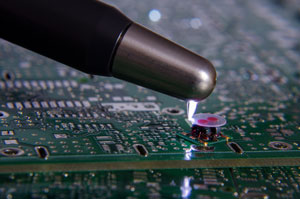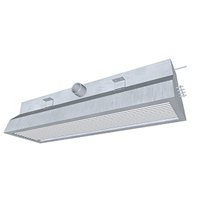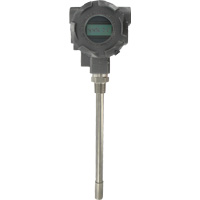Calibration is the comparison and adjustment of a reading from an instrument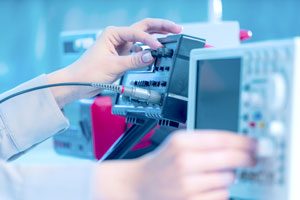 in correlation with the reading of a higher accuracy piece of equipment. The overall goal of this process is to minimize measurement uncertainty and ensure the accuracy of an instrument.
in correlation with the reading of a higher accuracy piece of equipment. The overall goal of this process is to minimize measurement uncertainty and ensure the accuracy of an instrument.
Analog vs. Digital Device Signals
 In today’s industry, the number of device output signals continues to grow. Each signal is different; so how do you figure out which one is right for your application? The easiest way to hone-in on the correct signals for your application is to decide whether you want a digital communication signal or an analog signal. Continue reading “Analog vs. Digital Device Signals”
In today’s industry, the number of device output signals continues to grow. Each signal is different; so how do you figure out which one is right for your application? The easiest way to hone-in on the correct signals for your application is to decide whether you want a digital communication signal or an analog signal. Continue reading “Analog vs. Digital Device Signals”
What is electrostatic discharge and how can it be prevented?
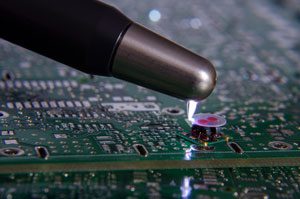 At one point or another we have all been exposed to some form of an electrostatic discharge (ESD) event, even something as simple as walking across a carpeted space, touching a door knob, and receiving an unexpected jolt. These types of events are very common in instrumentation applications. Today we will discuss what ESD is, the effects it has on instrumentation, and the steps that Dwyer Instruments has taken to prevent damage to sensors susceptible to these events. Continue reading “What is electrostatic discharge and how can it be prevented?”
At one point or another we have all been exposed to some form of an electrostatic discharge (ESD) event, even something as simple as walking across a carpeted space, touching a door knob, and receiving an unexpected jolt. These types of events are very common in instrumentation applications. Today we will discuss what ESD is, the effects it has on instrumentation, and the steps that Dwyer Instruments has taken to prevent damage to sensors susceptible to these events. Continue reading “What is electrostatic discharge and how can it be prevented?”
Chilled Beam Systems
 The primary goal of HVAC technology is to determine the most effective approach to heat/cool the interior of commercial sized buildings. One of the most effective ways of achieving this goal is through the use of chilled beam systems. Continue reading “Chilled Beam Systems”
The primary goal of HVAC technology is to determine the most effective approach to heat/cool the interior of commercial sized buildings. One of the most effective ways of achieving this goal is through the use of chilled beam systems. Continue reading “Chilled Beam Systems”
Ask the Expert – Hazardous Area Humidity/Temperature Transmitter
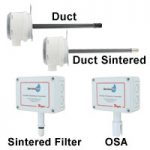
Question: I have a new project coming up, and I am considering using the Series RHP Humidity/Temperature Transmitters. However, the instrumentation needs to be suitable for use in a hazardous area. Would the Series RHP work, or do you have a different instrument that you would recommend for this application? Continue reading “Ask the Expert – Hazardous Area Humidity/Temperature Transmitter”

